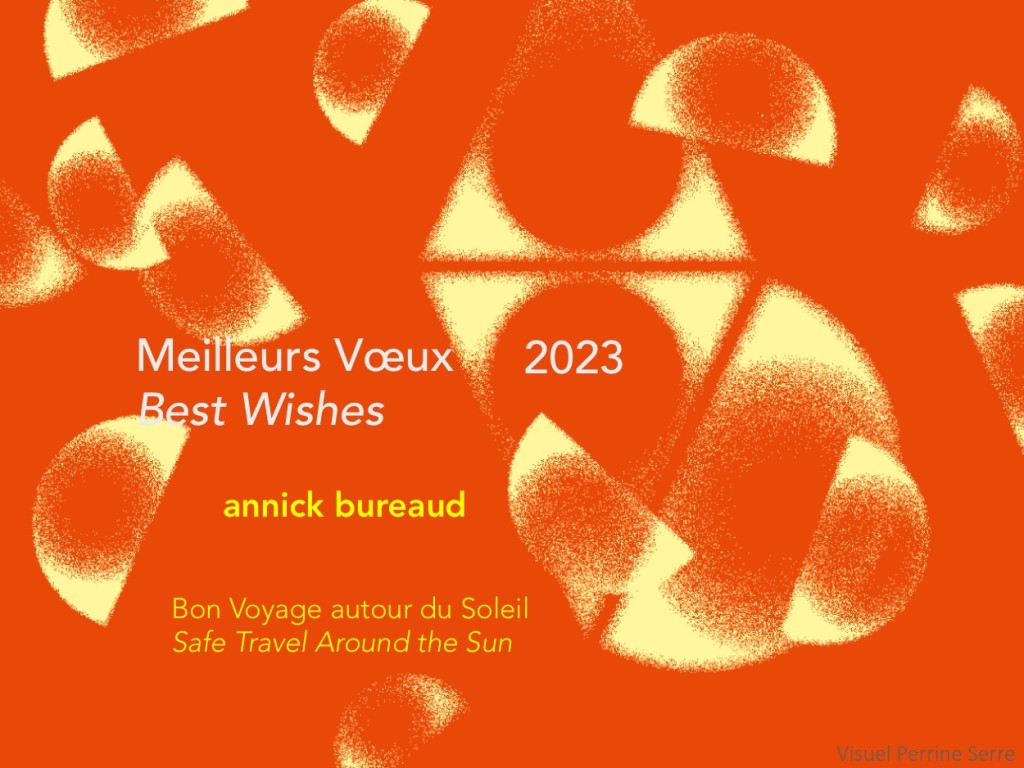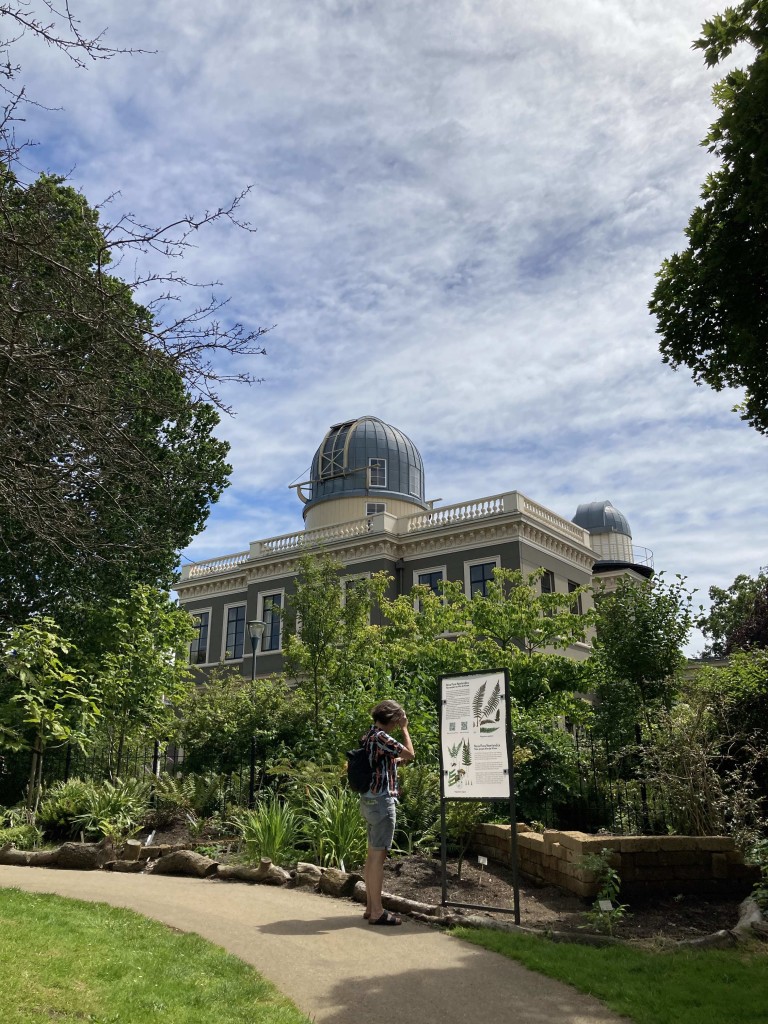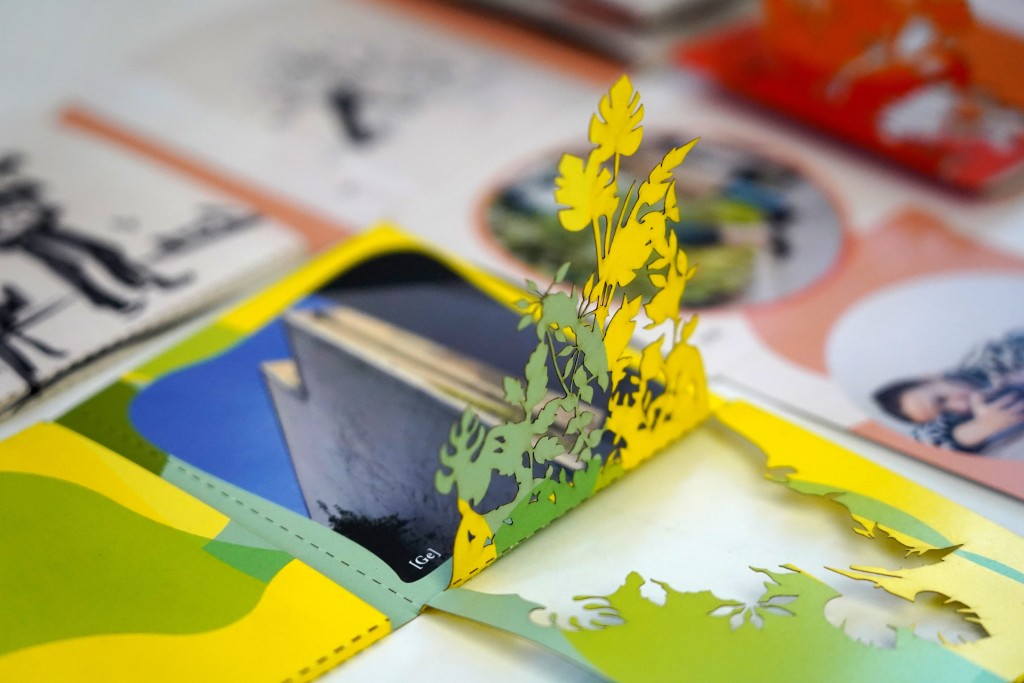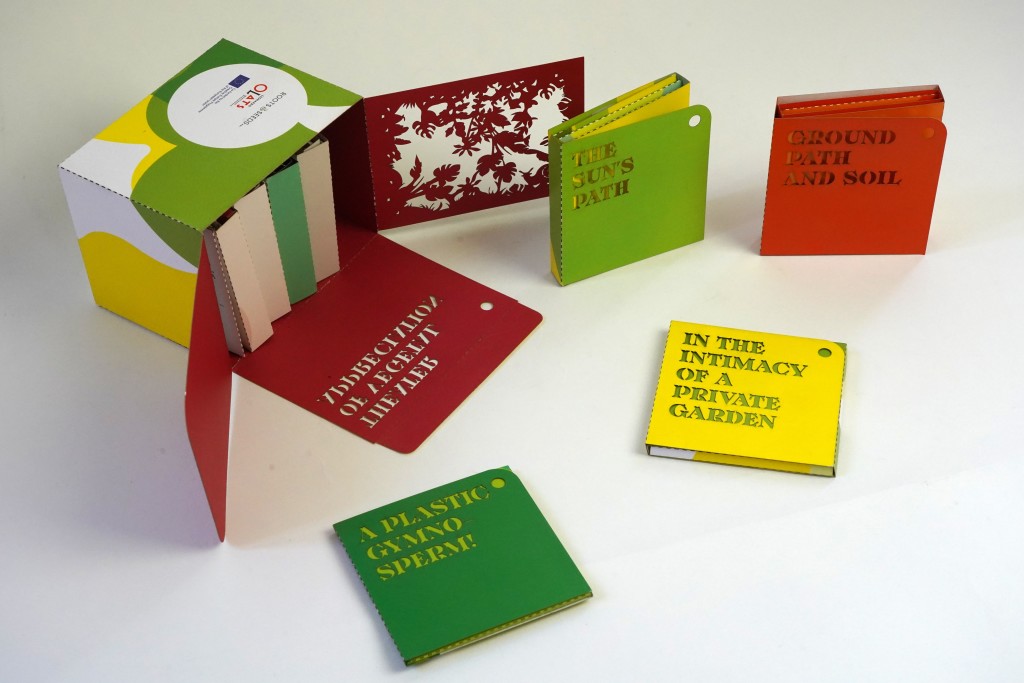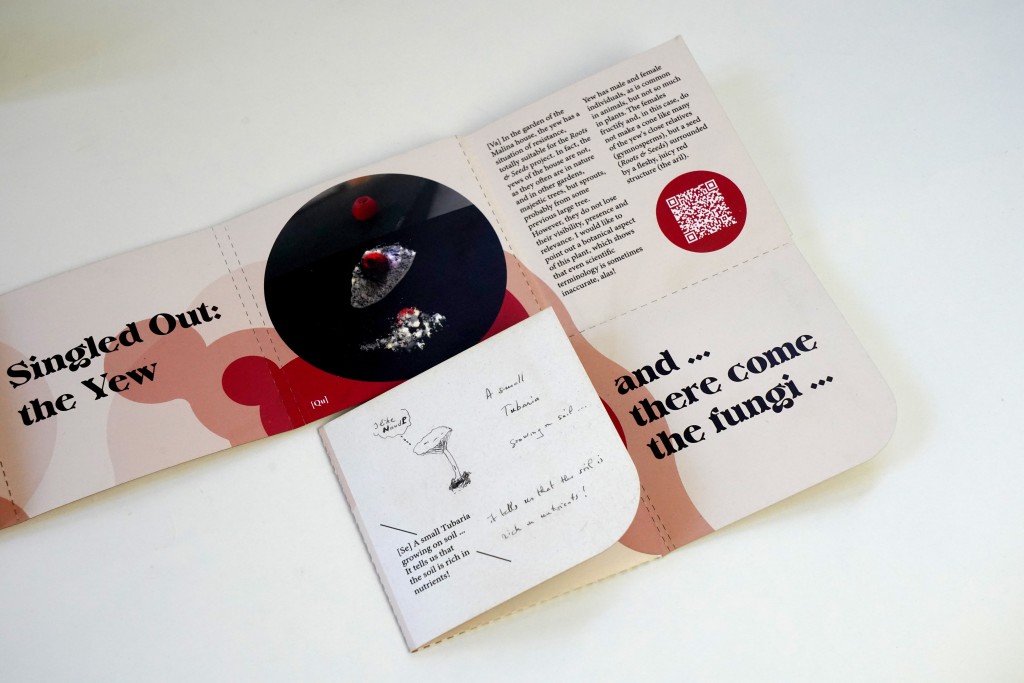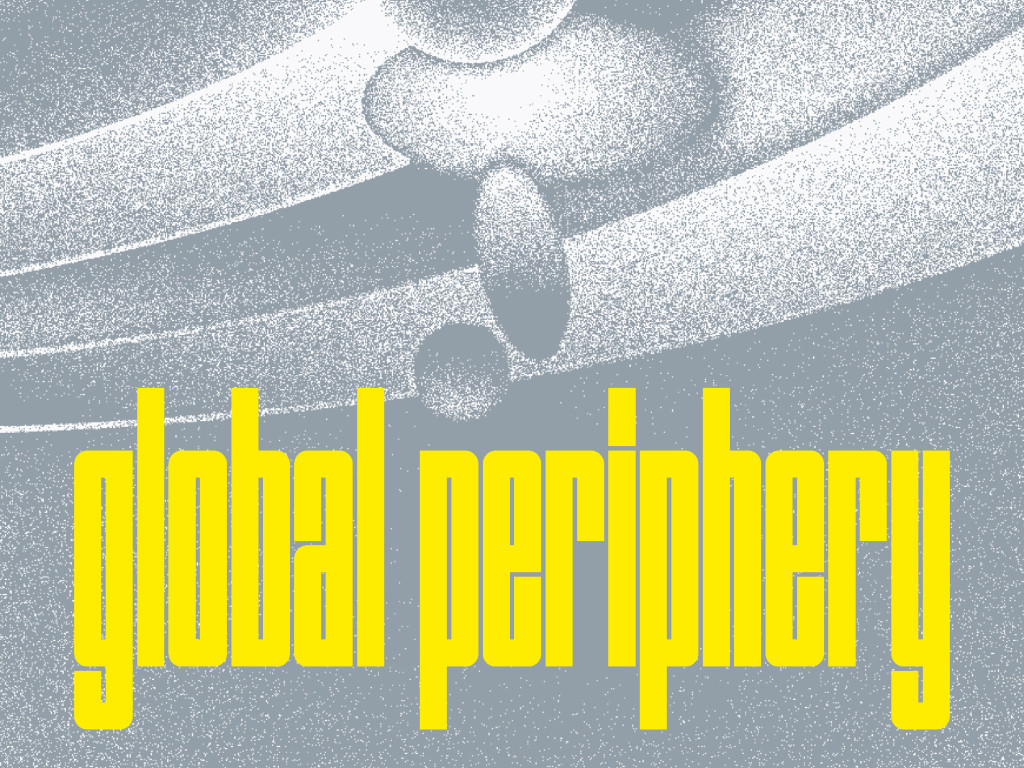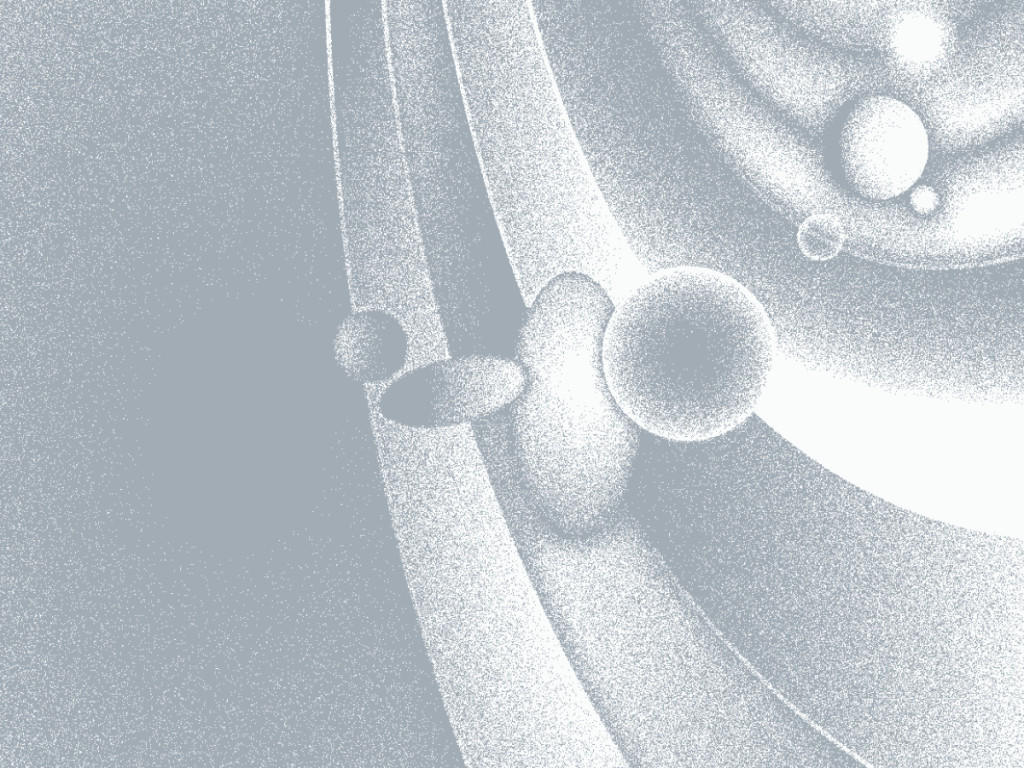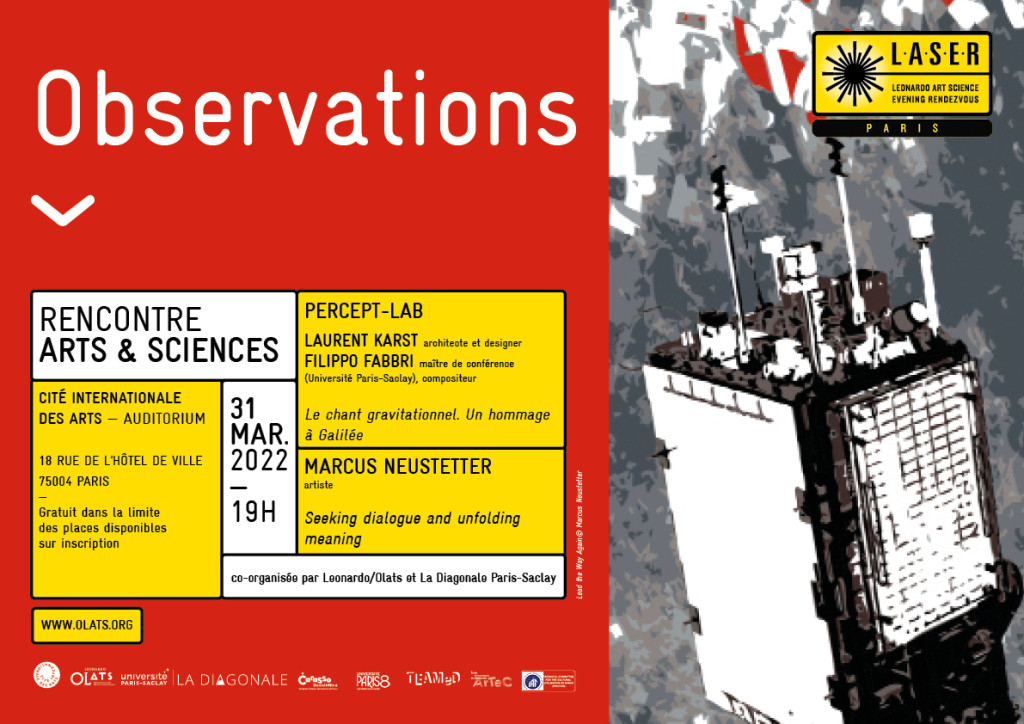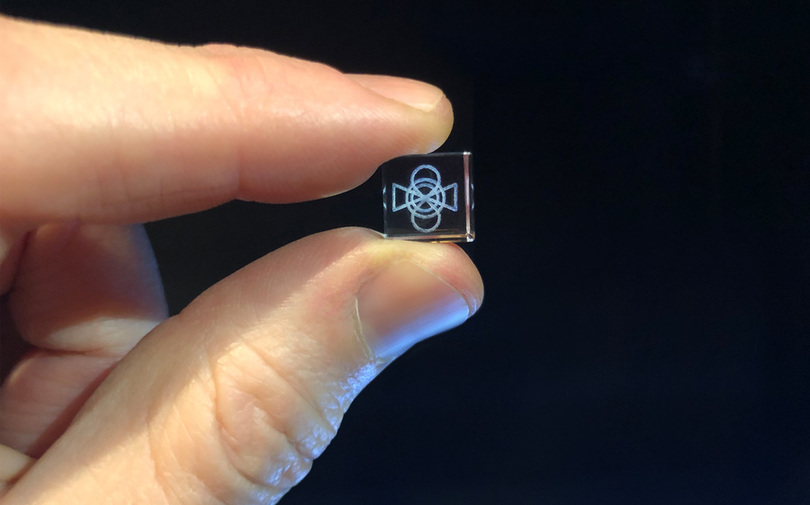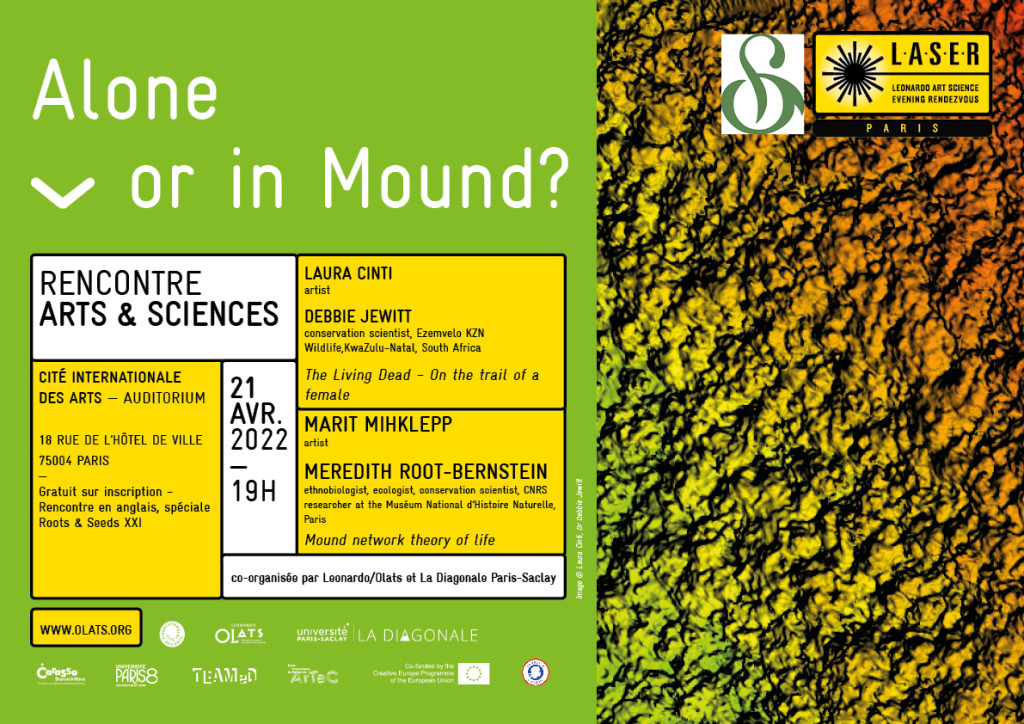
How to reproduce when you are the last male of your species and all the females have disappeared?
No science fiction here but the reality of Encephalartos woodii, a tropical plant of the cycad family of which only one male remained and whose clones live in botanical gardens.
What to do when faced with the loss of a species? Should it be preserved no matter what, should it be recreated?
Laura Cinti, in collaboration with the conservation scientist Debbie Jewitt, went in search of a hypothetical female in the South African forests where E. woodii originated.
Mounds and heaps are « treasure boxes » for archaeologists but also for ethnobiologists and conservation specialists. Between « archive » and « instrument of life evolution », these piles and heaps are at the heart of the collaboration between Marit Mihklepp, recipient of the Roots & Seeds XXI Residence – Maison Malina and Meredith Root-Bernstein, researcher at the Muséum National d’Histoire Naturelle, who will report about their exploration of the Parisian accumulations, piles and holes.
« Alone or in Mound? »
Rencontre LASER Paris
Thursday April 21st 2022
Cité internationale des arts, 18 rue de l’Hôtel de Ville, 75004 Paris
19h00 – 21h30
with Laura Cinti and Debbie Jewitt ; Marit Mihklepp and Meredith Root-Bernstein
Free admission, registration required
COVID 19 sanitary measures of the day
and we start on time!
This LASER Paris takes place in English
Drinks and snacks after the presentations
(COVID 19 situation permitting)
Audience announcements during the break (with registration)
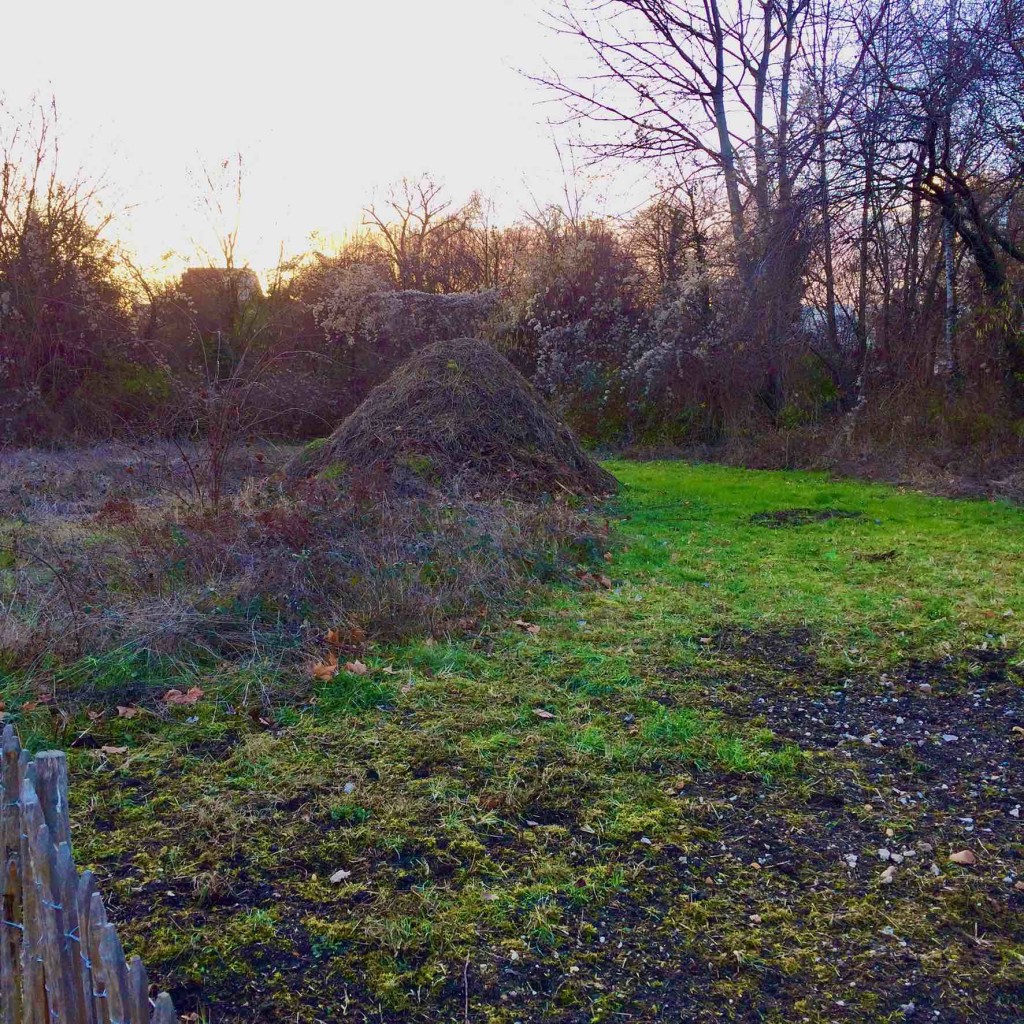
Programme
> Laura Cinti, artist and Debbie Jewitt, conservation scientist // The Living Dead – On the trail of a female (2022)
The Living Dead – On the trail of a female (2022) is a biodiversity-focused art-science project searching for a female mate for one of the rarest plants on Earth, the extinct-in-the-wild cycad – the Encephalartos woodii.
Only one male specimen was found in the Ngoye Forest in 1895 and all specimens, in botanical gardens, are clones derived from offsets from the only known male plant which was removed from the wild. Despite excursions in the Ngoye Forest area, no other specimens of E.woodii have been found in the wild.
E. woodii and the missing female is a dramatic illustration of how easy it is to lose a species and our biodiversity. The presentation will discuss the project’s latest mission utilising remote sensing technologies – drones – to search for the E.woodii in the Ngoya Forest in South Africa.
> Marit Mihklepp, artist and Meredith Root-Bernstein, Ethnobiologist, ecologist, conservation scientist, CNRS researcher at the Muséum National d’Histoire Naturelle, Paris // Mound network theory of life
mound /maʊnd/
- a large pile or heap of earth, stones, leaves, etc. like a small hill
- the most primordial technique
We will be sharing our impressions of our two-week collaboration while thinking and being with the mounds, heaps and holes of Paris. Mounds, heaps, and piles, and their complements, pits, holes and depressions, are the most primordial form of technique or technology. Accumulations make possible new materialities, affordances, and interactions. The making of concentrations in space is a condition for the evolution of life, and all of ecology can be described as moving and reshuffling piles of things. The mound, heap, or pile, is also an epistemological object: it is an archive. We will be approaching ‘large piles of something’ both with field work practices from both ecological and artistic perspectives. We start with finding and mapping specific mounds, writing field notes, perhaps making our own mound. In the process we will be asking questions from the mounds: what kind of knowledge are you an archive of? What kind of movements are you holding? How did you get here? How would you make me part of you?.
> Moderator : Annick Bureaud
> Drinks and snacks after the presentations (COVID 19 situation permitting)
> Audience announcements during the break (with registration)
Programme created by Leonardo/ISAST (www.leonardo.info), LASER (Leonardo Art Science Evening Rendez-vous, www.leonardo.info/laser) is a sharing of experiences around art-science projects in semi-formal meetings, outside the institutional framework.
LASER Paris is co-organized by Leonardo/Olats and La Diagonale Paris-Saclay (http://www.ladiagonale-paris-saclay.fr), in partnership with the Cité internationale des arts (https://www.citedesartsparis.net/, the TEAMeD Research Team (https://teamed.univ-paris8.fr/) of the University of Paris 8 Vincennes-Saint-Denis and the ArTeC University Research School (https://eur-artec.fr/), with the support of the Daniel and Nina Carasso Foundation (https://www.fondationcarasso.org/), the program Investissements d’Avenir and the Creative Europe programme of the European Union for the project «Roots and Seeds XXI.

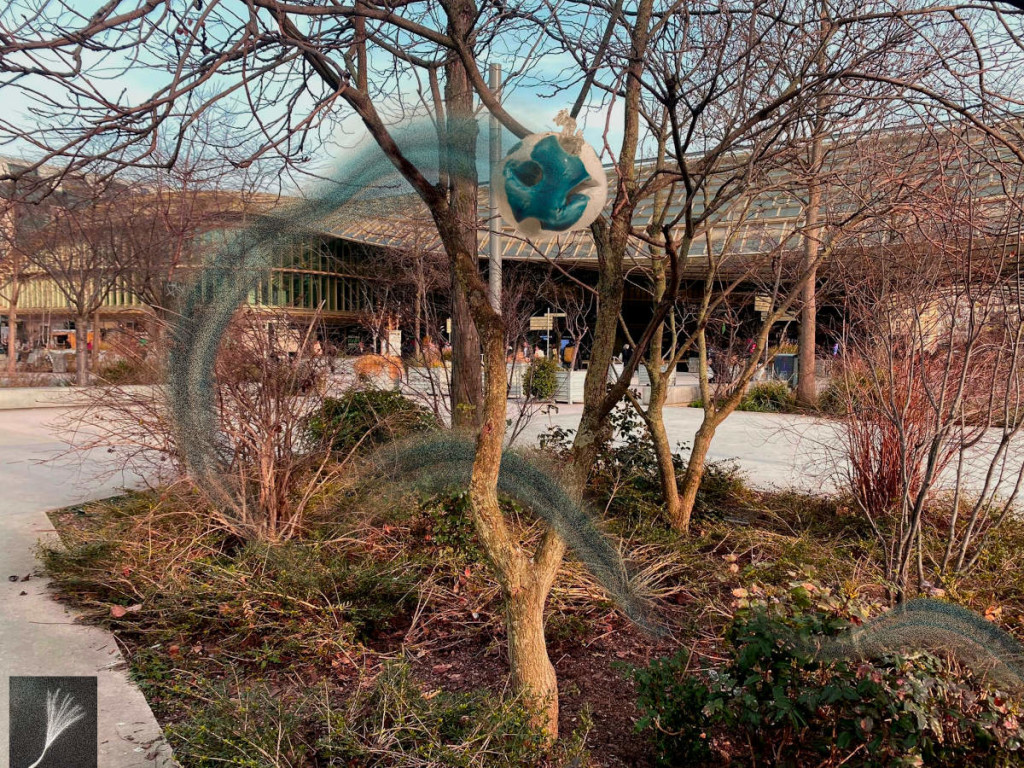
 Follow
Follow
